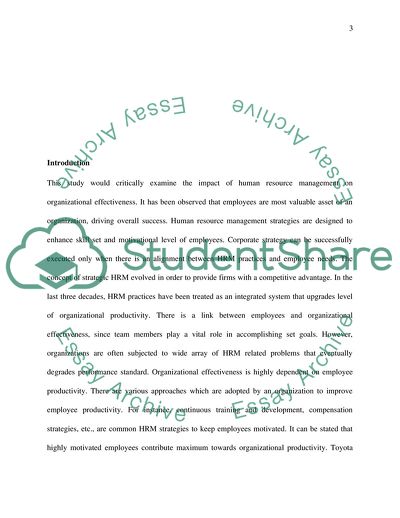Cite this document
(The Impact of Human Resource Management on Organizational Coursework, n.d.)
The Impact of Human Resource Management on Organizational Coursework. Retrieved from https://studentshare.org/human-resources/2088254-any-topic-writeraposs-choice
The Impact of Human Resource Management on Organizational Coursework. Retrieved from https://studentshare.org/human-resources/2088254-any-topic-writeraposs-choice
(The Impact of Human Resource Management on Organizational Coursework)
The Impact of Human Resource Management on Organizational Coursework. https://studentshare.org/human-resources/2088254-any-topic-writeraposs-choice.
The Impact of Human Resource Management on Organizational Coursework. https://studentshare.org/human-resources/2088254-any-topic-writeraposs-choice.
“The Impact of Human Resource Management on Organizational Coursework”. https://studentshare.org/human-resources/2088254-any-topic-writeraposs-choice.


